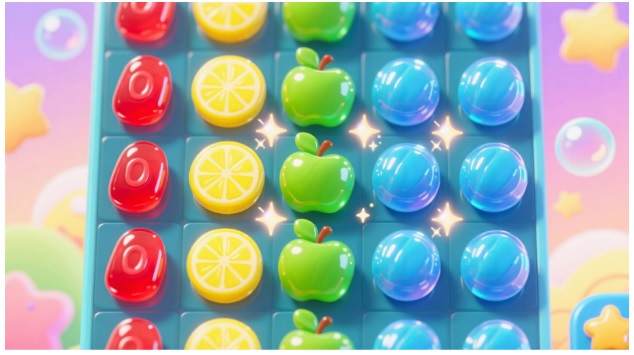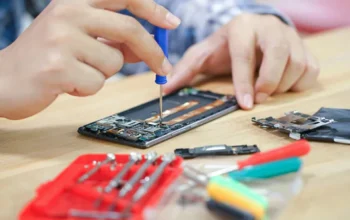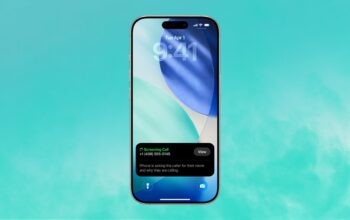Match-3 puzzle games have been a dominant force in mobile gaming since the launch of Candy Crush Saga in 2012. With vibrant visuals, satisfying gameplay mechanics, and addictive progression systems, this genre continues to attract millions of players worldwide. Whether you’re an indie developer or a professional game design company, understanding how to build a match-3 game can be your ticket to mobile game success.
In this blog, we’ll break down the essentials of creating your own match-3 puzzle game, drawing inspiration from Candy Crush Saga while highlighting key strategies, tools, and design principles. Let’s explore what makes these games tick and how you can replicate that magic.
1. Understand the Core Mechanics of Match-3 Games
The backbone of a match-3 puzzle game lies in its simple yet engaging mechanics: swap adjacent items to form a line of three or more matching elements, which then disappear, allowing new pieces to fall into place. But the genius lies in the execution.
Candy Crush Saga popularized mechanics like special candy combinations, cascades, and obstacles that increase complexity and engagement. A successful match-3 game should feature:
- Swapping logic and detection for valid matches
- Chain reactions (cascading) when new matches form after a combo
- Obstacles and boosters that increase challenge and variety
These mechanics need to be tightly integrated with smooth animations and instant feedback to keep players satisfied with every move.
2. Start with a Concept and Game Design Document
Before writing a single line of code, define your game’s identity. What theme will it follow? Will it focus on candy, gems, nature, animals, or something entirely new? Your concept determines your art direction and user engagement.
Create a Game Design Document (GDD) outlining:
- Game mechanics and core loops
- Level structure and progression
- Power-ups and boosters
- Monetization strategy
- Art style and sound design
A well-documented plan allows even a small team or an outsourced game design company to align and work cohesively.
3. Choose the Right Game Engine and Tools
When developing a match-3 game, choosing the right tools can significantly speed up your production. Unity is by far the most popular engine used for mobile puzzle games due to its flexibility, support for 2D games, and robust asset store.
Here are some recommended tools:
- Unity with C#: Ideal for 2D game development
- Match-3 Game Kits: Pre-built templates available on Unity Asset Store
- Tiled Map Editor: For level design
- Spine or DragonBones: For character and effect animations
These tools can reduce development time, allowing you to focus on design and player experience rather than building everything from scratch.
4. Develop a Level System that Evolves
The magic of Candy Crush Saga lies in its level design. Players are always discovering new mechanics and facing new challenges. To mirror this success, your game should offer hundreds (if not thousands) of levels with increasing complexity.
Key tips for effective level design:
- Gradual learning curve: Teach one mechanic at a time
- Level objectives: Introduce variety clear jelly, collect items, drop ingredients
- Randomized elements: Add unpredictability to maintain interest
- Scoring and star system: Encourage replayability and competition
Also, consider integrating daily levels or time-limited events to boost retention.
5. Create Addictive Game Loops and Reward Systems
At the heart of Candy Crush Saga’s addiction is a cleverly designed reward loop. After each level, players receive stars, boosters, and other feedback that stimulate dopamine release. That’s not by accident it’s game psychology at work.
Include the following in your game loop:
- Short-term goals: Beat the level
- Mid-term goals: Complete a chapter or event
- Long-term goals: Reach the top of the leaderboard
In addition, utilize in-game currencies, daily login rewards, and social sharing mechanics to incentivize frequent play and long-term engagement.
6. Integrate Boosters, Power-ups, and Combos
What separates a basic match-3 game from a Candy Crush-style blockbuster are its explosive power-ups and combos. Players love the feeling of setting off chain reactions and watching entire rows disappear.
Include a variety of power-ups:
- Line Clearer: Clears an entire row or column
- Bomb: Clears surrounding tiles
- Color Bomb: Clears all tiles of a single color
- Combo Boosters: When two power-ups are combined for a greater effect
Balance is key. Your boosters should feel powerful but not make the game too easy. Smart use of scarcity and placement keeps them valuable.
7. Design Monetization Strategies Wisely
A major reason for Candy Crush Saga’s success is its highly optimized freemium monetization. You can play the game for free, but you can buy lives, boosters, or extra moves. The genius is that none of it feels forced.
Here are some common strategies:
- In-App Purchases (IAPs): Sell boosters, currency, or lives
- Rewarded Ads: Let users watch ads for extra lives or moves
- Ad-Free Premium Version: Offer a one-time purchase to disable ads
- Season Passes or Events: Add limited-time, monetized content
As a game design company, always ensure your monetization enhances gameplay rather than disrupts it. Ethical design is appreciated by players and regulators alike.
8. Focus on UI/UX and Polished Visuals
Visual appeal is critical in a match-3 game. From the bouncing candies to glowing animations and bright color palettes, Candy Crush Saga delivers a visually pleasing and intuitive experience. Your game should do the same.
UX/UI elements to perfect:
- Clear indicators for possible moves
- Animations and feedback for matches and combos
- Transitions between menus and levels
- Smooth onboarding tutorials
Hire experienced artists or partner with a seasoned game design company to create a polished interface that enhances player retention.
9. Playtest, Analyze, and Optimize Continuously
Even the best-designed games need testing and analytics. Match-3 games rely heavily on balance too easy and they’re boring, too hard and users quit. You’ll need to collect data and iterate based on real user behavior.
Important metrics to monitor:
- Level completion rates
- Churn rates per level
- Average session duration
- Lifetime value (LTV) and retention
Tools like Firebase, GameAnalytics, and Unity Analytics help track this data. Conduct A/B tests, analyze heatmaps, and keep tweaking levels, UI, and monetization strategies for better performance.
Launch and Scale Like a Pro
Once your game is polished, tested, and ready for the world, it’s time to launch. But releasing a game on the App Store or Google Play is only the beginning. You’ll need a well-planned marketing and scaling strategy.
Here’s how to do it:
- Soft Launch: Release in smaller markets to gather feedback
- App Store Optimization (ASO): Use SEO-friendly titles, icons, and screenshots
- Social Media Ads: Target casual gamers on Facebook, Instagram, and TikTok
- Influencer Marketing: Partner with YouTubers or streamers in the puzzle game niche
- Community Building: Set up Discord or Facebook groups to engage loyal players
If you’re not experienced in scaling, partner with a game design company that offers publishing and user acquisition services.
Final Thoughts
Creating a match-3 puzzle game like Candy Crush Saga is a rewarding but challenging endeavor. It requires a combination of solid game mechanics, thoughtful level design, engaging visuals, and a deep understanding of player psychology. Whether you’re going solo or collaborating with a game design company, focusing on quality and user experience is the path to success.
Now that you understand the blueprint, it’s time to put those ideas into motion. With the right approach and tools, you could be the next big name in the puzzle game universe.
Read More: List of Triple A Games




